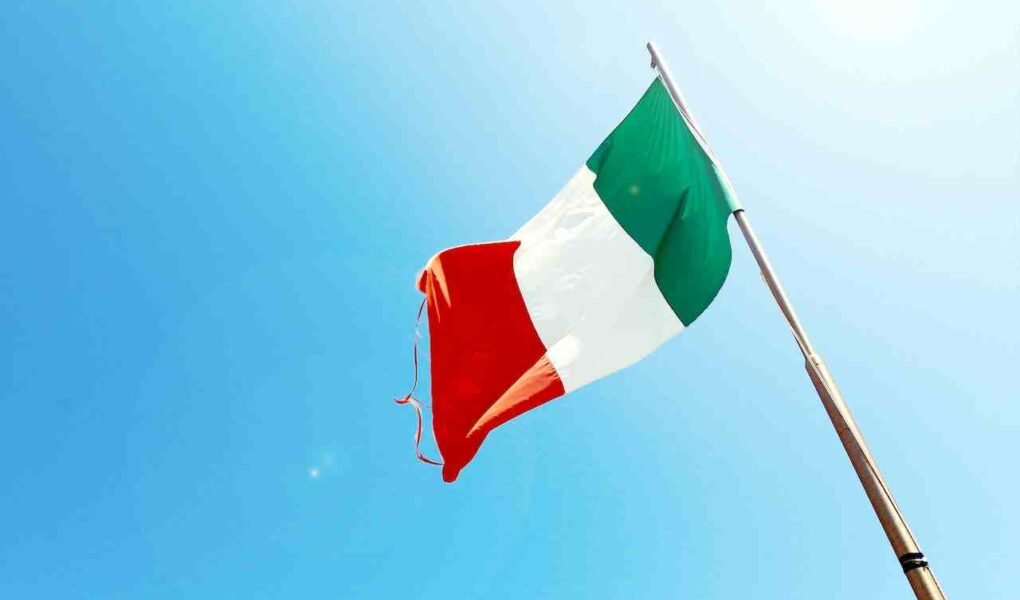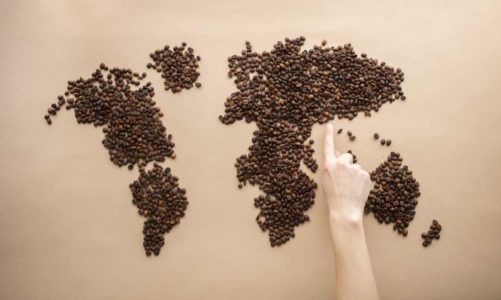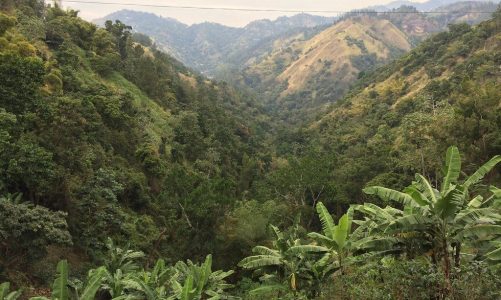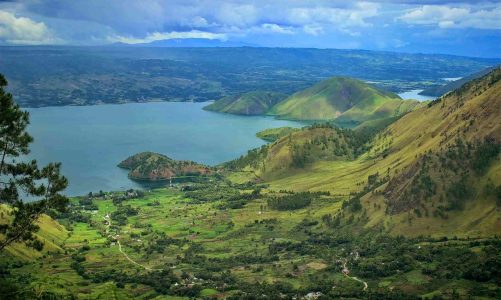Italy is historically and modernly one of the most popular global locations for coffee production and consumption. Italian coffee culture has a long and complex history, with many roasting, brewing, and beverage styles reaching across the world and gaining international popularity. Italians consume an average of over 8 pounds of coffee a year, per person, and much of coffee production and consumption in Italy revolves around espresso and the wide variety of beverages that use espresso.
Also, check out the coffee culture of Finland.
Quick History – Italian Coffee Culture
While much of the spirit of Italian coffee revolves around the special tradition, quality, and taste of espresso, the history of how coffee developed in Italian culture is more complex. While exact origins are difficult to trace, many date the appearance of coffee beans in Italy to the 16th century via exploration and trade, with Venice becoming a major port for the coffee trade.
The consumption of coffee in Italy exploded in the 18th century, with the majority of cafés appearing in Venice. The history then weaves through the country, with areas such as Piedmont, Trieste, and Costadora becoming known for roasting, quality, and quantity of coffee.
The emergence of Italy’s signature style and personality through coffee can be attributed, in part, to Luigi Bezzera and Desiderio Pavoni, who developed the idea of pressuring water through finely-ground coffee powder to create a strong coffee drink. Due to the speed and style of this brewing method, it became known as espresso.
Espresso became the iconic drink throughout cafés in Italy and the rest of Europe. It was further developed into the modern beverage we know today by Achille Gaggia, who introduced the lever espresso machine after World War II. The lever machine produced the signature crema, which is the layer of foam floating on top of a modern espresso.
Pioneers such as Luigi Lavazza and Francesco Illy continued to develop and perfect the methods and machines that produce espresso, further solidifying Italy’s position as a world leader in coffee production and quality. This dedication to and recognition for quality continues today.
Also check out Iceland’s coffee culture.
Italian Coffee Culture
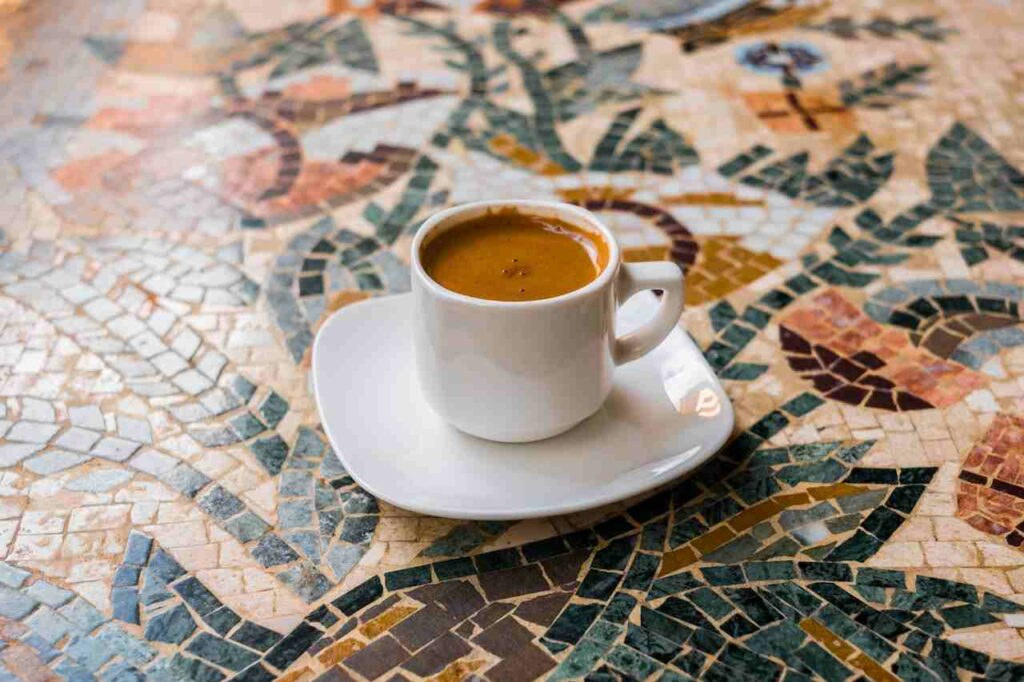
Coffee is a representation and extension of Italian values and spirit. It provides an important opportunity to spend time with others, share in the experience of a coffee beverage, and take a break from some of the heavier moments in life. It is an experience shared with strangers, friends, and family. Baristas are also respected careers in Italy, with the skill set of each barista playing an important role in the preparation of coffee.
There are many rules and rituals associated with Italian coffee culture that dictate when and where to drink coffee. For many Italians, cappuccinos are enjoyed with breakfast, afternoons are for caffè macchiatos, and a plain espresso is usually an evening, after-dinner beverage.
One of the most popular ways to enjoy coffee in Italy is by drinking espresso. Italians want the caffeine hit without the hot drink (especially in summer), so a short quick espresso is enough to keep them satisfied. This generally fits into working culture too, for those who don’t have time to stop in the morning for a full coffee drink.
It is also common to find that almost every household has a Moka pot (stovetop coffee brewing device). These are inexpensive and many popular brands such as Bialetti originated in Italy.
Also, check out Indonesia’s coffee culture.
Beans and Regions
While the coffees and espresso beverages associated with the Italian style depend on the brewing method and preparation, there is also a diversity in regions and beans. Most of the Italian coffee the public is used to today uses Robusta beans, which are stronger in flavor and caffeine, but historically, Arabica beans were more common and are still used today. However, despite the chosen bean, Italian coffees are generally dark-roasted, providing a deep flavor.
Italy is one of the largest modern coffee roasters globally, with Triest, Turin, and Genoa comprising some of the largest coffee ports in Europe. World-famous companies, such as Lavazza, Segafreddo, and Costadora, are renowned for their consistently high-quality coffee, with Lavazza being the largest coffee producer in the country. Certain regions even boast signature flavors in their coffees and beverages, such as Sicilian coffees that mimic Arabic flavors of clove and chocolate.
One important thing to remember is that Italy does not grow or produce its own coffee. Despite being located in the Mediterranean climate, this is not sustainable enough to grow coffee. It is also not located on the coffee belt. therefore, the coffee that you will drink in Italy will be imported from various countries around the world including Ethiopia, Indonesia, Kenya, Brazil, and many more. The coffee is then roasted as per the Italian roastery style which is where you will get a differentiation in taste and quality.
Some popular coffee beans to try from Italy include:
- Lavazza Premium House Blend Ground Coffee
- Lavazza Espresso Italiano Whole Bean Coffee Blend
- Illy Classico Espresso Ground Coffee
- Lavazza Intenso Ground Coffee Blend
- Starbucks Italian Roast
Quatro M del Caffe’
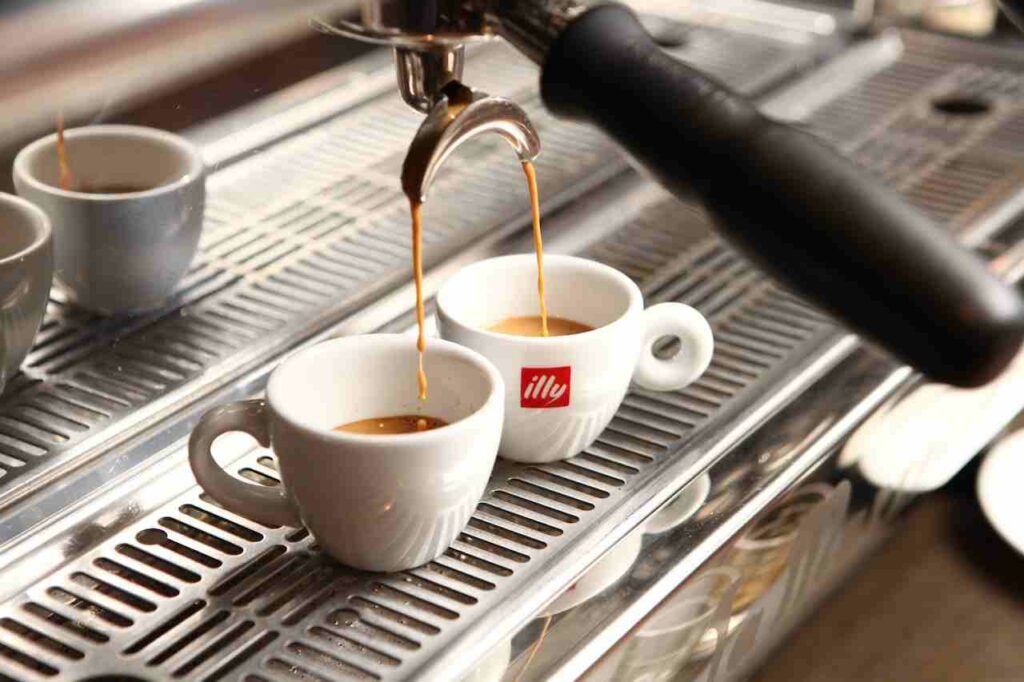
Quatro M del Caffe’, or the four M’s of coffee, establish the most important principles of high-quality Italian coffee.
First is the miscela, or the coffee blend that is used. Next, is the macinadosatore, which is the grinding machine for the coffee beans. These machines provide the perfect grind and measurement for espresso. In Italian espresso-making, environmental factors are also considered when grinding. For example, dry air usually calls for a finer grind, so machines are often adjusted daily.
The macchina per espresso, or espresso machine, is the complex device that prepares each cup of espresso. Espresso machines have evolved over the last hundred years, creating even better drinking experiences.
Lastly, mano refers to the hand and work of the barista. Italian baristas are experts in controlling the mechanics of espresso machines to create a high-quality cup of coffee. The role of baristas is taken very seriously in Italy since they are expected to maintain complex espresso machines, as well as provide blends, roasts, and beverages based on each customer’s tastes.
Types of Italian Coffee
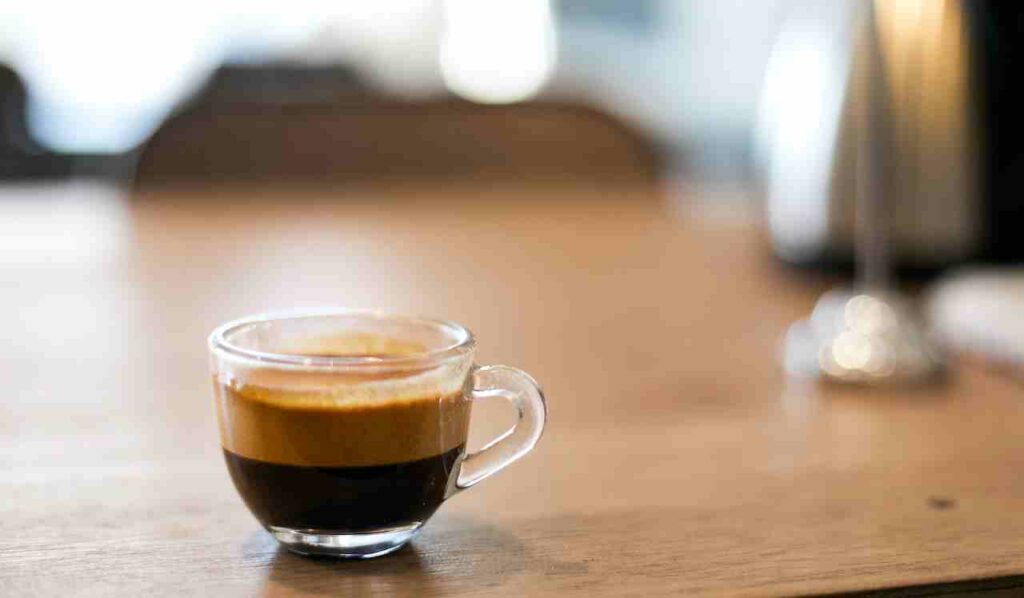
Depending on the region, the styles of coffee, espresso, and related beverages can be incredibly diverse, making a list of Italian coffee types incredibly long. However, there are many standard Italian coffee styles that are seen throughout the country and the world.
First, the most universal and common beverage is a caffè or caffè normale. A caffè is a plain espresso and can be enjoyed throughout the day. However, the most common time to drink a plain espresso is in the evening, especially after dinner.
There are some coffee beverages reserved exclusively for breakfast. Ordering them after 11am is generally frowned upon throughout Italy.
- Cappuccino: A beverage with equal parts espresso, steamed milk, and foamed milk on top. These are larger beverages due to the milk content.
- Caffè latte: Similar to a cappuccino, a caffè latte uses espresso with more steamed milk and only a little foam. This is what a latte would be most places in the world. It is important to be aware that a latte in Italy is simply a glass of milk, so be sure to include the caffè.
- Latte macchiato: A beverage of mostly steamed milk, with only a small amount of espresso.
There is a large variety of afternoon, evening, and dessert coffee beverages common throughout Italy. Some of the most popular items include:
- Caffè macchiato: This beverage is an espresso with a small amount of foamed milk. Not to be confused with a latte macchiato, which is mostly milk with a splash of espresso.
- Caffè corretto: This beverage, which translates as “corrected coffee”, is espresso spiked with alcohol. Grappa is most commonly used in this beverage.
- Caffè americano: This beverage is an adaptation of American drip-style coffees. A caffè americano is simply espresso diluted with hot water.
- Caffè lungo: Similar to an americano, this beverage is espresso mixed with hot water. However, it is stronger than the Americano. Caffè lungo means “long coffee.”
- Caffè Marocchino: Also called an espressino, this beverage is composed of espresso, cocoa powder, and foamed milk. It is topped with additional cocoa powder.
Where and How to Drink Coffee in Italy
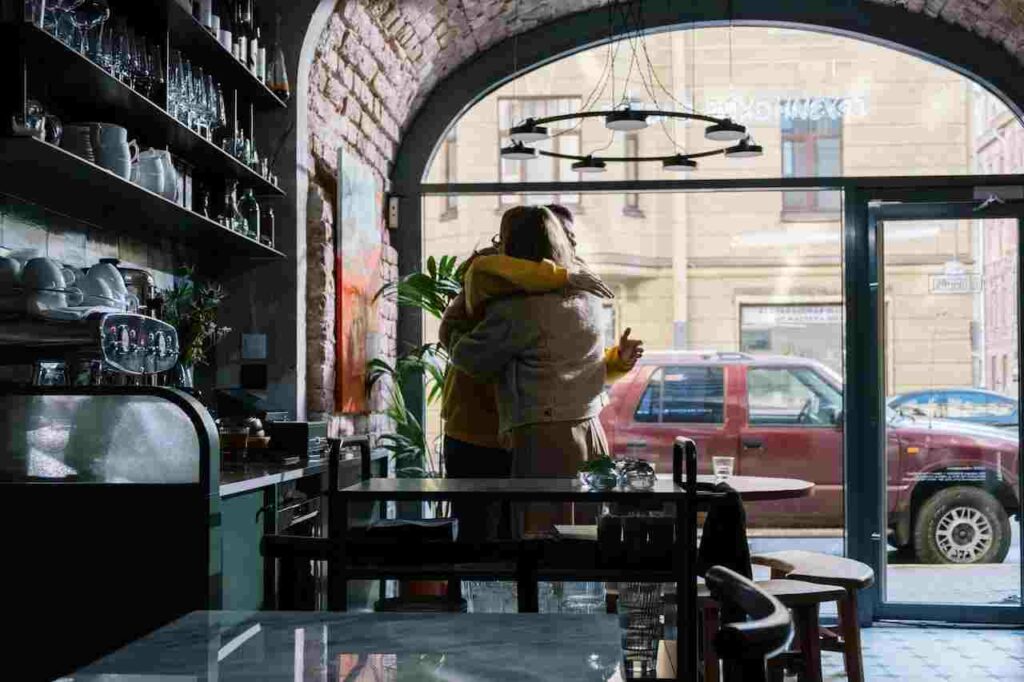
At a coffee bar, or al banco, is one of the most common ways to drink coffee beverages in Italy. This is done standing at the bar communally, talking with friends and strangers alike. It emphasizes the shared experience of coffee in the region, and how it is not only a beverage but an opportunity to bond and spend time with others. In general, cafés or coffee shops are referred to as bars.
Coffee can also be enjoyed seated at a table, or al tavolo, for a longer drinking experience. It often costs more to be seated at a table and is usually geared more towards visitors and tourists than it is towards local coffee drinkers.
Often, you pay before ordering your beverage at coffee bars, and when ordering, there are not generally various sizes to choose from. Each beverage is brewed and prepared at its intended size. It is an important reminder for international visitors to remember that beverages with high milk content are generally enjoyed in the morning. Ordering something like a cappuccino in the afternoon is not normal etiquette. Also, coffee is almost always served with a glass of normal or carbonated water.
Italian coffee and related coffee culture have a long and rich history. There are customs, rituals, and etiquettes associated with the preparation, ordering, and enjoyment of each beverage. It is not just a hot beverage, but a product crafted with extreme care, precision, and quality.
An espresso provides an opportunity to enjoy the moment and appreciate the community and company of friends, family, and anyone around. Coffee is a serious business in Italy, and luckily, the world can enjoy the fruits of Italian history and labor.
The Final Sip
Coffee culture in Italy has been something that has developed over many years and is deeply embedded into the lives of every Italian. Beans, devices, and brewing styles from coffee culture in Italy have spread around the world and have put Italy on the map when it comes to being ‘known for coffee’ even though they don’t grow coffee there. If you head to Italy, be sure to try the local coffees and enjoy the social aspect of sitting out on the street with the locals.

